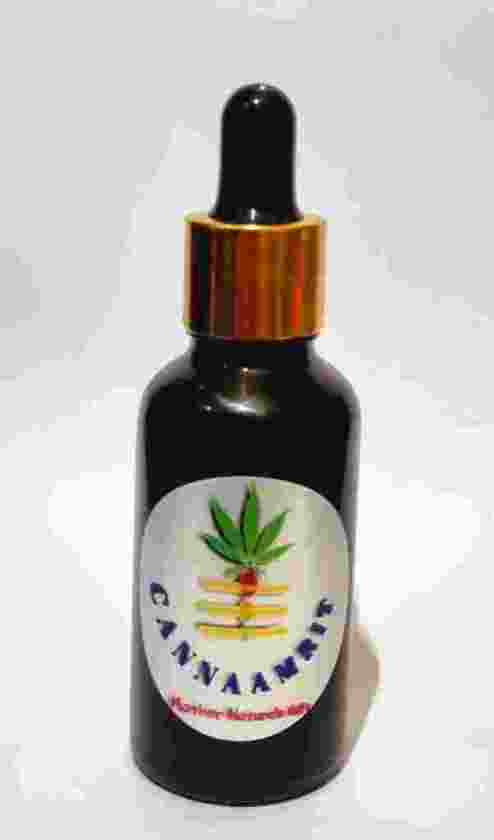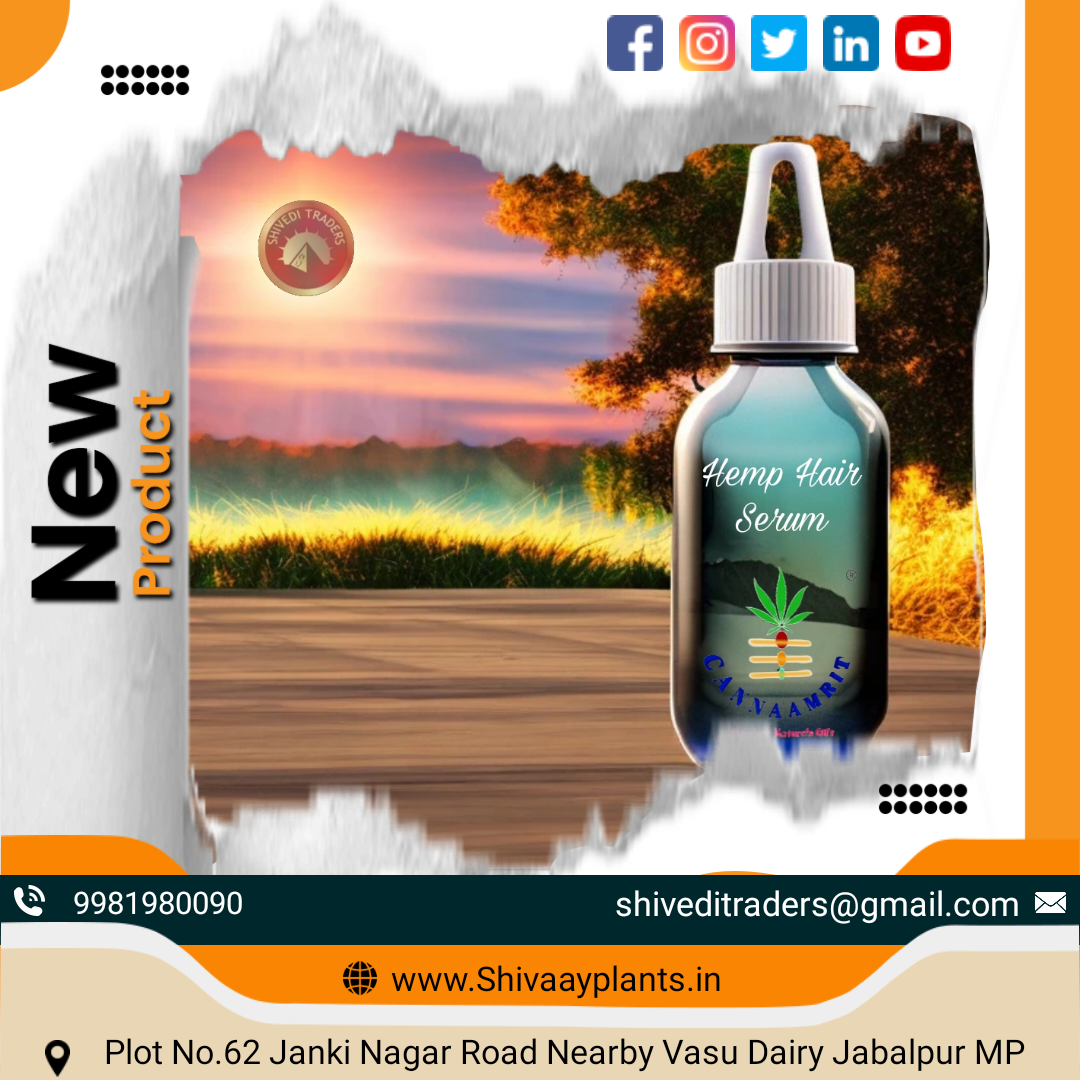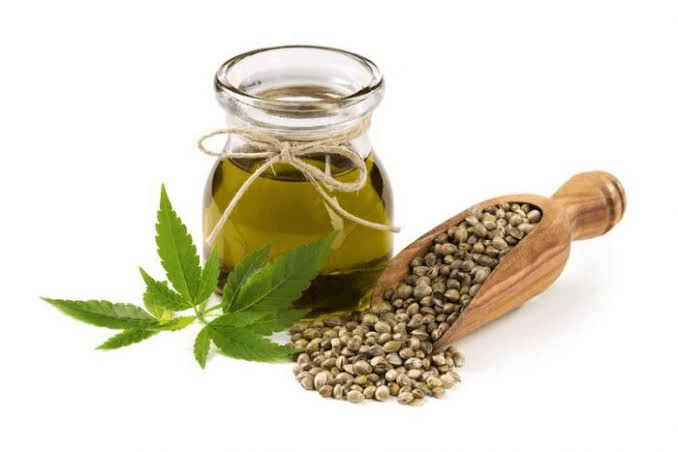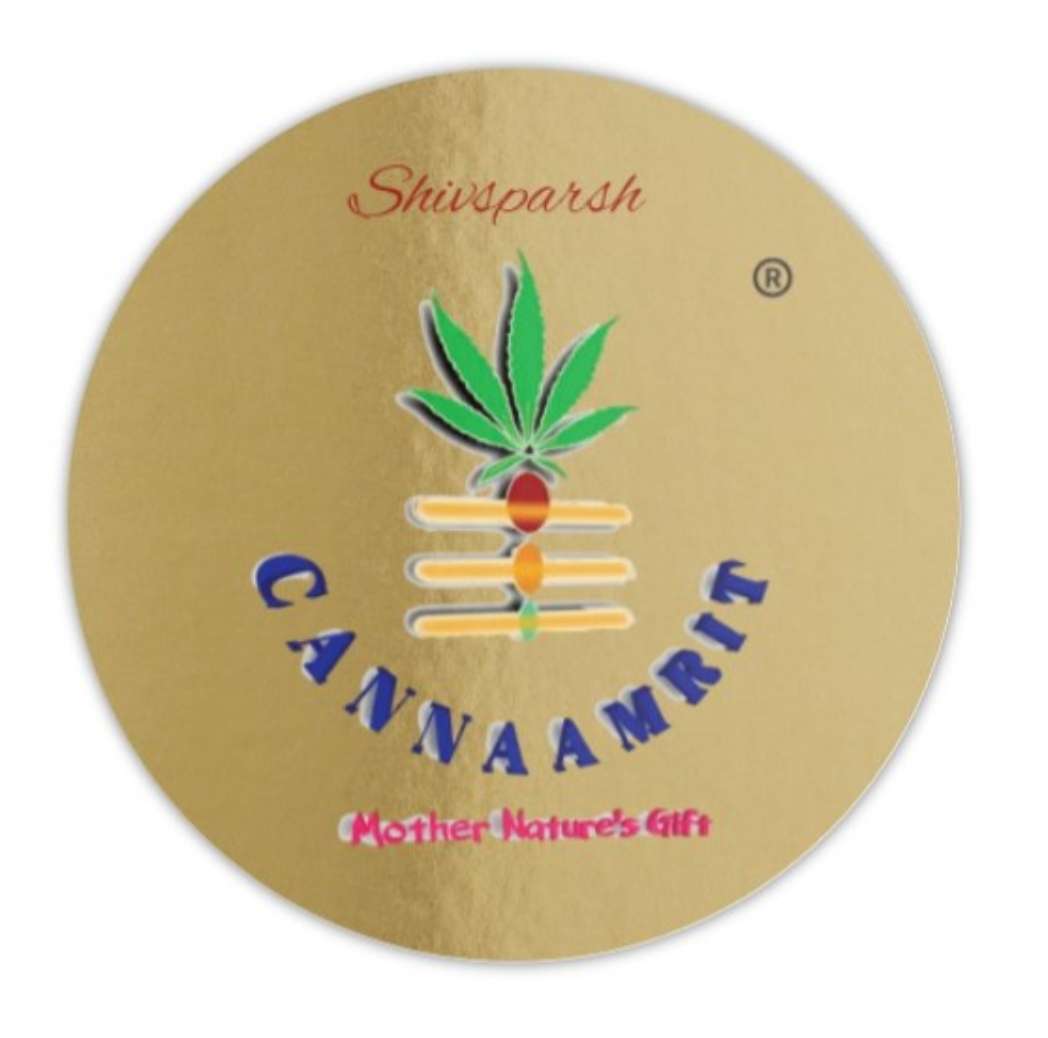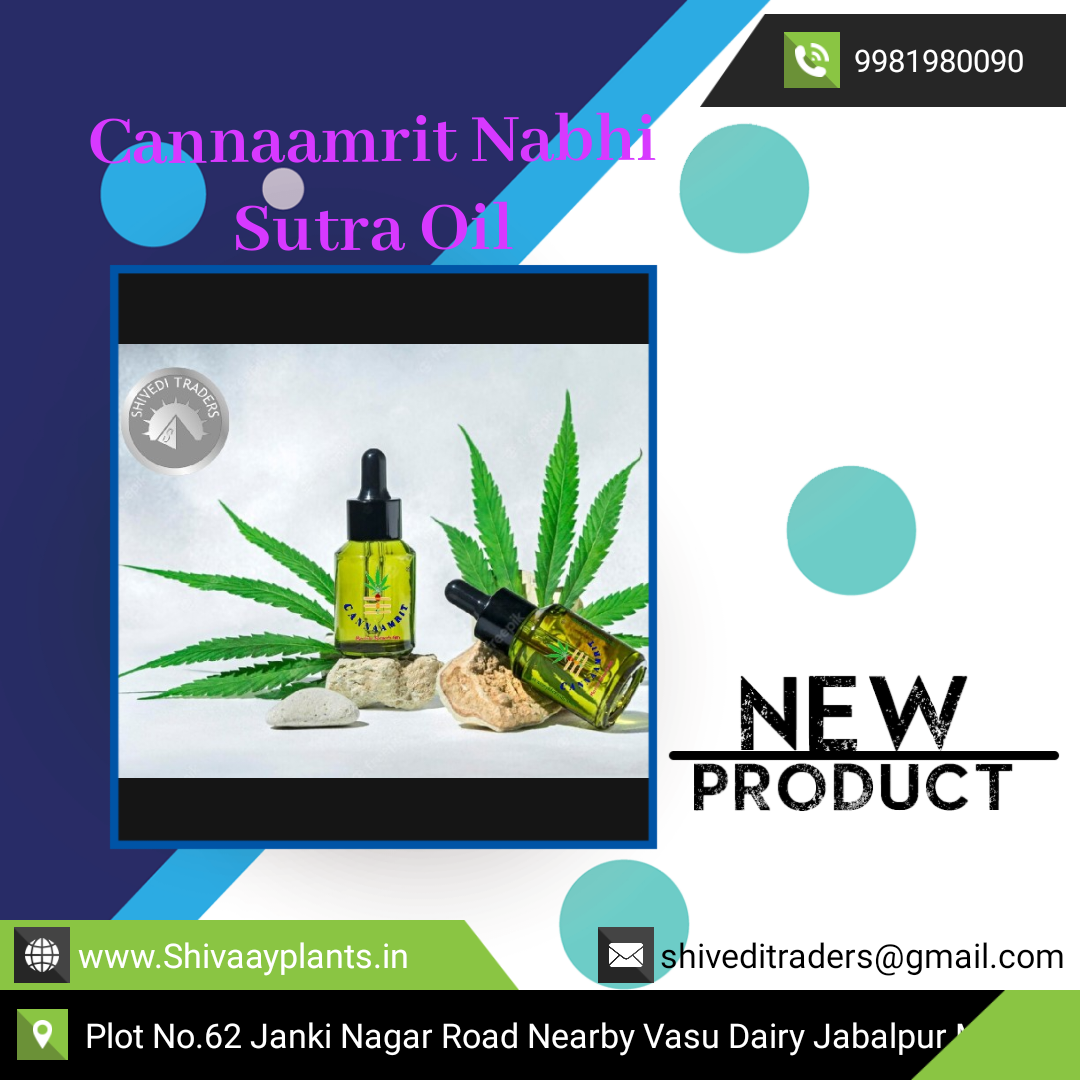The USDA removed their online antioxidant database of foods, “concerned that ORAC values were routinely misused by food and dietary supplement manufacturing companies to promote their products.” Indeed, supplement manufacturers got into my-ORAC-is-bigger-than-your-ORAC contests, comparing their pills to the antioxidant superfood du jour, like blueberries. We know there are lots of bioactive compounds in whole plant foods that may help prevent and ameliorate chronic disease in ways that have nothing to do with their antioxidant power, so I understand the USDA’s decision. So should we just eat lots of whole healthy plant foods and not worry about which one necessarily has more antioxidants than the other, or does one’s dietary antioxidant intake matter? We have some new data to help answer that question. Researchers recently analyzed total dietary antioxidant capacity and the risk of stomach cancer, the world’s second leading cancer killer. A half million people were studied, and dietary antioxidant capacity intake from different sources of plant foods was indeed associated with a reduction in risk. Note that they say dietary intake; they’re not talking about supplements. Not only do antioxidant pills not seem to help, they seem to increase overall mortality—that’s like paying to live a shorter life. Just giving high doses of isolated vitamins may cause disturbances in our body’s own natural antioxidant network. There are hundreds of different antioxidants in plant foods. They don’t act in isolation; they work Similar results were reported with non-Hodgkin’s lymphoma: the more ORAC units we eat per day, the lower our cancer risk drops (though antioxidants or not, green leafy vegetables were particularly protective. Going from eating one serving of green leafy vegetables per week to a serving a day may cut our odds of lymphoma in half). Should we be worried about antioxidant intake during cancer treatment, since most chemo drugs work by creating free radicals? According to some of the latest reviews, highlighted in my video Food Antioxidants and Cancer, there is no evidence of antioxidant interference with chemotherapy, and antioxidants may actually improve treatment and patient survival. How to Detect Antioxidant-Rich Foods You’re probably aware of the importance of eating antioxidant-rich foods to stave off chronic diseases, avoid premature aging and boost your health. But perhaps you’re wondering what antioxidants actually are … As their name implies, antioxidants help to buffer some of the damage caused by the very oxygen we need to survive. As reported by Supermarket Guru: “Our bodies require oxygen to function, but oxygen, by itself, is highly reactive, and creates byproducts through oxidation. These byproducts, called free radicals, are potentially damaging to cells.” Cigarette smoke, ultraviolet light from the sun, exercise and even breathing generate free radicals, which may cause damage to cells, DNA and proteins in your body. As you age, your body’s ability to protect against damage from oxidative stress declines, which is why eating plenty of antioxidant-rich foods is so important. Antioxidants in food are measured in units called ORACs (Oxygen Radical Absorbance Capacity). The higher the ORAC value, the more radical oxygen a food can absorb (and the more potent antioxidant value it will have for your health). Generally speaking, dark-colored foods tend to be quite high in antioxidants and are among the highest scoring in terms of ORAC value. For instance: * Unsweetened Cacao: 13,120 ORAC * Pomegranates: 3,037 ORAC * Blueberries: 2,400 ORAC * Kale: 1,770 ORAC * Spinach: 1,260 ORAC * Raspberries: 1,220 ORAC * Plums: 949 ORAC * Grapes: 739 ORAC The color of a food may also give some indication of what type of antioxidant it contains. Orange foods, including sweet potatoes, carrots and pumpkin, contain beta-carotene, for instance, while greens tend to be rich in lutein. Your body is best able to absorb antioxidants from whole foods, as opposed to antioxidant-enhanced products, so focus on eating right as much as possible. Fresh fruits and vegetables are, overwhelmingly, the best foods for increasing your antioxidant intake. In fact, it’s partly because of antioxidants that fruits and veggies are some of the best anti-aging foods around. In particular, the following fruits and veggies are known to be especially high in anti-aging antioxidants: * Cruciferous vegetables (broccoli, cabbage, cauliflower, radishes, collard greens, kale, etc.) * Green leafy vegetables (spinach, turnip greens, romaine lettuce, Swiss chard) * Mushrooms * Tomatoes (especially cooked, such as tomato sauce) * Berries * Apples (including the skin) * Grapefruit * Kiwi * Watermelon Beans are another excellent source of antioxidants, particularly kidney beans, black beans, red beans and pinto beans. In fact, there are hundreds, if not thousands, of substances that have antioxidant properties (aside from the popular vitamins E and C, selenium and beta carotene), and you can find many of them in fresh fruits and vegetables. This Product Contains the perfect balance of Clove oil, Cinnamon oil, Oregano oil, turmeric oil & other high-level ORAC Content Herbs Oil #ORACoil

